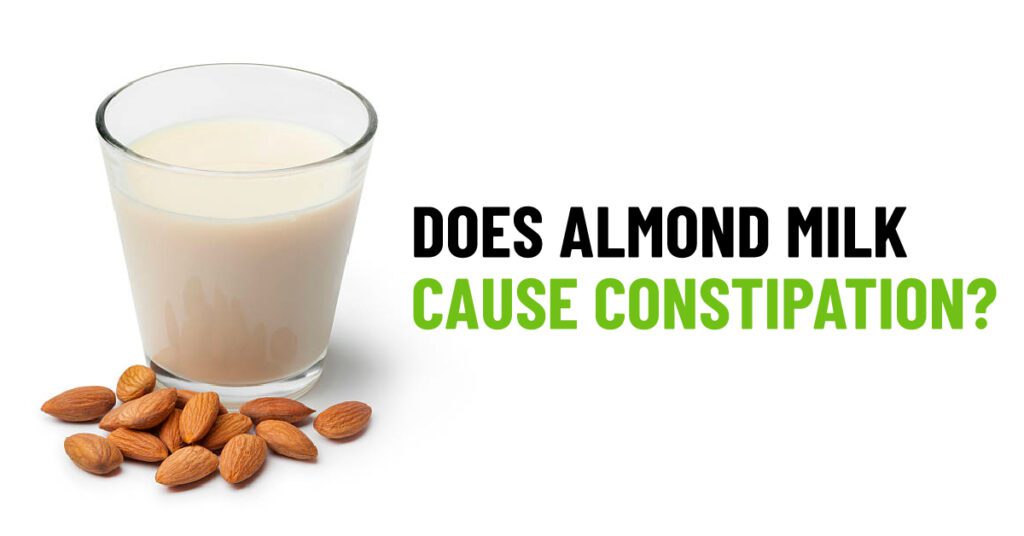Is Quinoa Gluten Free? – Let’s Find Out

Also available in
The burning question: Is quinoa gluten free? In this detailed article, we will dive deep into the world of quinoa to unravel the gluten mystery, explore its nutritional value, share cooking tips, highlight its health benefits, and answer frequently asked questions.
As dietary preferences and health awareness continue to evolve, more people are seeking gluten-free options to meet their specific needs. Quinoa with its growing popularity has become a go-to choice for individuals looking for nutritious and gluten-free alternatives.
What is Quinoa?
Quinoa (pronounced “keen-wah”) is an ancient pseudo-cereal that originated in the Andean region of South America. It belongs to the Amaranth family and has been cultivated for over 5,000 years. The Incas considered it sacred and referred to quinoa as the “mother of all grains” due to its exceptional nutritional value and versatility.
Quinoa’s Nutritional Value
The nutritional value of quinoa has contributed significantly to its popularity. Here are some essential aspects of its nutrient profile:
Protein Powerhouse: Quinoa is one of the few plant-based foods that contain all nine essential amino acids, making it a complete protein source. This is a boon for vegans and vegetarians seeking to meet their protein needs.
Fiber-Rich: High in dietary fiber, quinoa promotes healthy digestion, aids in weight management, and supports overall gut health.
Vitamins and Minerals: Quinoa is a rich source of vitamins B, E, and folate, as well as essential minerals such as magnesium, iron, phosphorus, and potassium.
Healthy Fats: Quinoa contains healthy fats, including omega-3 and omega-6 fatty acids, which are crucial for brain and heart health.
Low Glycemic Index: Quinoa has a low glycemic index, meaning it releases glucose slowly into the bloodstream, helping regulate blood sugar levels.
Is Quinoa Gluten Free?
One of the most common queries about quinoa revolves around its gluten-free status. The short and definitive answer is yes, quinoa is gluten-free. Unlike wheat, barley, and rye, quinoa does not contain gluten. Gluten is a protein found in these grains that can trigger adverse reactions in individuals with celiac disease or gluten sensitivity.
Quinoa is an ideal grain substitute for those on a gluten-free diet or anyone seeking to reduce gluten consumption. It provides a safe alternative without compromising on taste or nutritional value.
Understanding Gluten and Celiac Disease
To fully grasp why quinoa is gluten-free, it’s essential to understand gluten and its impact on individuals with celiac disease. Gluten is a protein found in specific grains, primarily wheat, barley, and rye. For individuals with celiac disease, consuming gluten triggers an immune response that damages the small intestine, leading to various health issues.
Potential for Gluten Cross-Contamination
While quinoa itself is gluten-free, cross-contamination is a potential concern. During processing, quinoa may come into contact with gluten-containing grains, leading to small traces of gluten on the final product. This can pose a risk for individuals with celiac disease or extreme gluten sensitivity.
To ensure the purity of quinoa, individuals following a strict gluten-free diet should opt for certified gluten-free quinoa. Many reputable brands undergo rigorous testing and adhere to strict manufacturing processes to prevent cross-contamination.
Cooking with Quinoa: Tips and Tricks
Now that we know quinoa is gluten-free let’s explore some tips and tricks for cooking with this versatile seed:
1. Thoroughly Rinse Quinoa
Before cooking, rinse quinoa under cold running water using a fine-mesh sieve. This helps remove saponins, naturally occurring bitter compounds that can give quinoa an unpleasant taste.
2. The Quinoa-to-Water Ratio
For perfectly cooked quinoa, use a 2:1 ratio of water to quinoa. Bring the water to a boil, add the quinoa, then reduce the heat to a simmer and cover. Cook for about 15 minutes or until the water is fully absorbed.
3. Flavorful Broths
Enhance the taste of quinoa by cooking it in vegetable or chicken broth instead of water. This adds depth and richness to your dishes.
4. Experiment with Seasonings
Quinoa’s neutral flavor profile makes it an excellent canvas for various seasonings. Experiment with different herbs and spices to add zest and excitement to your recipes.
5. Incorporate Quinoa into Salads
Quinoa is a fantastic addition to salads, providing a hearty and protein-rich base. Mix it with fresh vegetables, nuts, and dressing for a nutritious and delicious meal.
6. Quinoa Flour in Baking
For gluten-free baking, try using quinoa flour as an alternative. It imparts a nutty flavor and adds nutritional value to your baked goods.
Health Benefits of Quinoa
Incorporating quinoa into your diet can offer an array of health benefits:
- Heart Health: Quinoa’s fiber content helps reduce cholesterol levels, promoting cardiovascular health.
- Weight Management: The combination of protein and fiber in quinoa keeps you feeling full and satisfied, aiding in weight management.
- Digestive Health: Quinoa’s fiber aids in healthy digestion, preventing constipation and promoting gut health.
- Stabilized Blood Sugar: The low glycemic index of quinoa prevents rapid spikes in blood sugar levels, making it suitable for those with diabetes.
Conclusion
There is no doubt that quinoa is gluten-free and offers a range of health benefits. Its impressive nutritional profile and culinary versatility have earned it a well-deserved spot as a staple in many diets. Whether you are seeking a gluten-free alternative, looking to enhance your culinary repertoire, or aiming to improve your overall well-being, quinoa stands as a delicious and nutritious choice. So, embrace the goodness of quinoa and unlock a world of gastronomic delights and healthful nourishment.
Frequently Asked Questions (FAQs)
Can Quinoa Cause Digestive Issues?
While quinoa is generally well-tolerated, some individuals may experience mild digestive discomfort when first introducing it to their diets. This can be due to its fiber content. Starting with small portions and gradually increasing intake can help ease digestion.
Is Quinoa Safe for Children?
Yes, quinoa is safe for children and offers valuable nutrients for their growing bodies. However, it is crucial to cook quinoa thoroughly to aid digestion.
Can Quinoa Replace Wheat Flour in Recipes?
Yes, quinoa flour can be used as a gluten-free alternative in recipes, especially for those with celiac disease or gluten sensitivity.
Is Quinoa Suitable for Pregnant Women?
Quinoa is an excellent option for pregnant women due to its high nutrient content. It provides essential vitamins, minerals, and protein, supporting both the mother and the developing baby.
Is Quinoa Environmentally Friendly?
Quinoa cultivation is considered environmentally friendly due to its low water requirements and adaptability to diverse climates.
Can Quinoa Help Manage Diabetes?
Quinoa’s low glycemic index can contribute to blood sugar regulation, making it a suitable option for individuals with diabetes.
Drop your thoughts on our article “Is Quinoa Gluten Free?” in the comments section. Share this article with friends to spread the goodness of quinoa
More
- Banana Benefits – Health Benefits of Eating Banana
- What is Histrionic Personality Disorder? – Symptoms & Treatment
- Bronchitis Disease – Symptoms, Diagnose & Treatment
- Hepatitis – What is It?, Type, Symptoms, Treatment and More
- Pineapple Benefits for Health, Skin, Hair and More
- Ginger Shot Benefits – Why Regular Ginger Shots Are Beneficial






